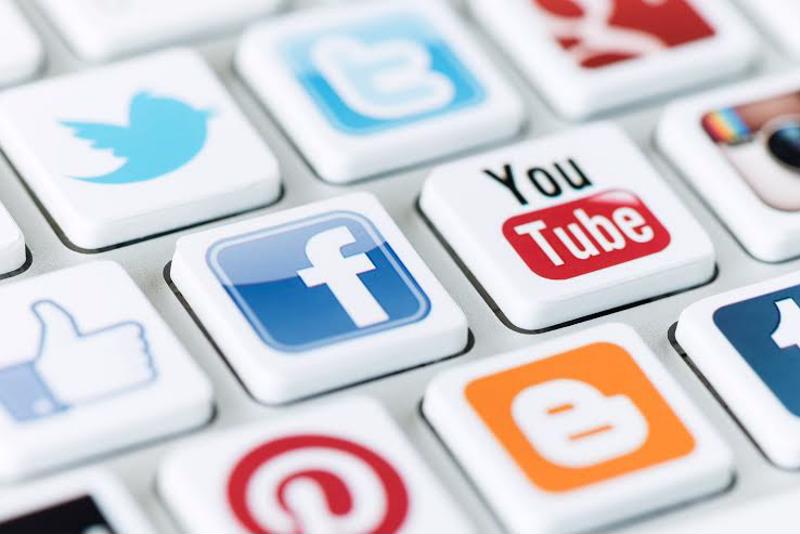Marketing, like so many other aspects of business, is going through a digital renaissance of sorts. Traditional methods of attracting and engaging customers have given way to innovative new solutions, and the dynamic world of mobile marketing services is among the most exciting developments.
The State Of Marketing Automation
Marketing automation services are being used to improve customer management in exciting new ways. The ability to anticipate what your customers want before they realize it themselves is incredibly valuable, a large part of the reason why marketing automation has become such a focal point for many organizations.
To get a better understanding of how far the technology has come, Salesforce's 2016 State of Marketing report surveyed almost 4,000 marketing leaders across the globe. The organization's findings identified a number of elements that seem to differentiate between high-, moderate- and underperforming businesses, with marketing automation emerging as a key ingredient for success. More specifically, 50 percent of high performers said they were extensively using the tool, compared to 21 percent of moderate performers and just 8 percent of underperformers.
Addressing the Challenges Of Marketing
Your customer's experience is like a journey, one that can run into roadblocks if the departments across your business are isolated from one another. In the interest of making that journey proceed as smoothly as possible, opening channels of communication and collaboration across various platforms of the organization is essential.
Consider the following example: A customer has his or her first interaction with your business through a salesperson, who generates the interest to take that relationship to the next step. However, as the customer is passed between departments, he or she has to repeat needs and requests again and again. This disrupts the process and can quickly lead to an unsatisfied customer ready to look elsewhere for the same service.
Mobile marketing services and mobile marketing software can tailor the customer journey at all points of interaction with a brand. This includes virtually all types of consumer interactions, including visits to the website, tweeting at the brand on social media, liking a post, visiting a kiosk in a mall or – in the old-fashioned way – picking up the phone and speaking to someone. Each of those points of interaction might have previously meant something different to the various departments of your company, but an effective marketing strategy works to remove those disconnects. You should focus on building a one-of-a-kind experience for your customers.

The continued merging of marketing and IT is a key to moving forward, so it's important for organizations to plan accordingly. Technology is allowing businesses to bring down the walls between departments, evolve the customer experience and find new ways to serve up relevant content to consumers all across the world.
Why Should Businesses Consider Marketing Automation?
As businesses adapt to the digital age, new avenues to nurture customer engagement are opening up all the time. From email marketing to social media outreach, finding ways to integrate a personalized customer experience is yielding some lucrative results for businesses willing to change. Whether you're on board already or not, digital is here to stay. Online developments have removed some of the barriers of competition, so using this channel to help keep people engaged and satisfied is critical.
Customer satisfaction was once, by and large, the exclusive domain of service teams. However, by 2020, 85 percent of interactions with a brand will be managed without two humans ever speaking, according to Gartner. As so much of the transactional process happens virtually now rather than in person, marketing, service and sales are blending into a single entity. Automation can make that process as seamless as possible.
The Most Effective Channels For Marketing Automation
Looking closer at the results from Salesforce's survey, it's clear that different digital channels have proven extremely valuable when integrated into a marketing strategy. Let's break down some of the figures around the different channels:
Email
Smart marketers are still finding ways to make email work for them. Predictive intelligence and data science have both come a long way, making personalization capabilities much more sophisticated to cater to the modern consumer. High-performing organizations are over four times more likely to leverage new techniques into their email marketing than underperformers. That's no surprise, considering 79 percent of marketers felt email directly contributed to ROI in 2016.
Social
Social is the marketing channel where true person-to-person interaction is still king, even if it's only conducted via keyboards and touch screens. Just as personalization has wormed its way into email marketing, real-time communication via social networks is considered extremely important. High performers are achieving substantial results by responding roughly 11 times faster to customers on social, and with 82 percent of marketers agreeing that social marketing is key to their strategy, it's clearly a lucrative sector to nurture.

Mobile
About 68 percent of people in the U.S. own smartphones, according to the Pew Research Center. Roughly 86 percent of people between the ages of 18 and 29 own them and nearly 83 percent of individuals ages 30 to 49 do as well. Clever marketing leaders are rising to meet the changing device landscape. Salesforce found that mobile push notifications and location-based mobile tracking had both grown by over 140 percent between 2015 and 2016, while the use of apps and SMS marketing software has also grown significantly. That translates to incredible ROI – more than three-quarters of respondents spoke of the value of mobile marketing in 2016, compared to less than a third the year before.


